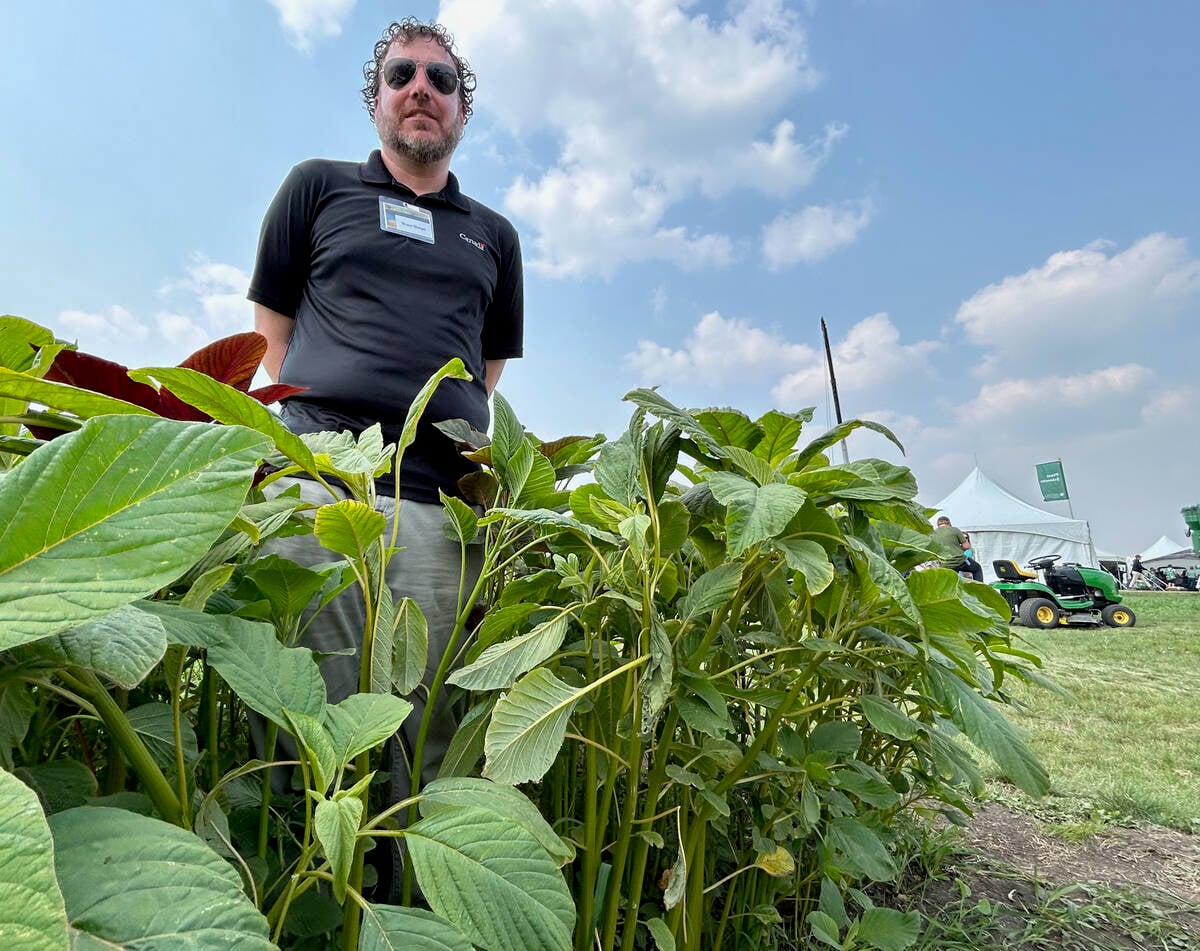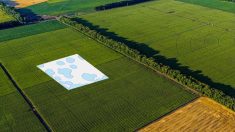Layering herbicides is a way to manage or delay herbicide resistance on the farm. The key is to apply a residual before seeding. The residual creates a herbicide layer in the soil. That layer kills weeds as they try to push emerge. With fewer weeds, there is less selection pressure on herbicides used later in the season.
“So you can put the Group 8 at the front part of the program, and then come back in with your in-crop… program, and you’re still getting that multiple modes of action against the same population,” says Mike Grenier, Canadian development manager at Gowan.
Read Also

Glufosinate-resistant waterhemp appears in U.S. Midwest
News of glufosinate-resistant kochia in the U.S. is concerning as farmers are losing options to control waterhemp, also of the pigweed family.
Gowan’s stable of residual herbicides includes Avadex, Fortress, and Edge, which include Group 8s and Group 3s. The trio gives farmers options for controlling grasses or broadleaves in cereals, oilseeds, and pulses.
The residuals are an extra cost for farmers. For example, Avadex runs between $15 to $25 per acre, depending on the application rate.
Grenier and Brad Ewankiw, Gowan’s marketing manager, don’t recommend applying residuals to every acre on the farm every year. Instead, they suggest applying the products to 20 to 25 per cent of total acres. The plan is to make sure each field sees a Group 8 or a Group 3 every four to five years, to reduce the risk of herbicide resistance.
“I do believe though that spending that extra $5 to $15 per acre to help mitigate the risk of that resistance is sustainable, is something that can be absorbed from a cost standpoint,” says Ewankiw.
How to apply
Although residuals were originally used in tillage systems, they work in zero till, says Grenier. “They only require a shallow incorporation by harrowing,” he says. Farmers can apply the residual in the spring or fall. If it’s cold enough, a farmer can apply it in the fall, leave it on the surface, and incorporate it in the spring, Grenier says.
Fortress has an active ingredient that can suffer UV degradation. If it’s applied late in the fall, the label says farmers can get by without harrowing right away. If farmers are applying it in early October, Grenier recommends harrowing immediately.
Farmers still tilling can use a liquid residual. At least 50 per cent of the soil surface needs to be black, but 70 per cent is ideal. Straw will intercept the liquid application.
Farmers will need to harrow after applying the liquid residual. They might also need to harrow ahead of time to break soil lumps. Lumps will hold weed seeds, and allow them to germinate above the herbicide layer.
The granular products take a week or two to activate, but the liquid is active immediately. If any weeds emerge before the herbicides are activated, farmers will need to control them with a pre-seed burndown or in-crop application.
Right now the label for Edge doesn’t include surface application. But Grenier expects a new label this spring.
The granules need just enough moisture to move the active ingredient into the soil. The herbicide isn’t being pulled in by the weed’s roots, so the active ingredient doesn’t need to be in solution.
“It’s actually being taken up by the shoots of wild oats through the gaseous phase of the active ingredient,” says Ewankiw.
If the residual is incorporated into dry soil, he’d be hoping for a quarter inch to a half inch of rain to activate it, Grenier says. “But generally there’s enough soil moisture there, that if you do get a shot of rain, it’s kind of a bonus.”
Snow melt makes the fall applications work more consistently. “The fall really sets things up much better than the spring,” says Grenier.
Farmers applying in the spring need to apply the granular product a couple of weeks before seeding, so it has time to activate.
Ewankiw acknowledges that liquid herbicides are easier to apply than granulars. Gowan is working with Salford, which owns Valmar, to develop new solutions. Valmar equipment is commonly used to apply granular herbicides.
No silver bullet
Crop rotation and diversity, seeding strategies, and harvest management all have a role in controlling weeds, Grenier says. “There is Group 8 and 3 resistance historically. Group 8-resistant wild oats and Group 3-resistant foxtail,” says Grenier.
Saskatchewan survey data showed less than three per cent of acres had Group 8 resistant wild oats, Grenier says. Manitoba has a little over 10 per cent, mostly in the Swan River area.
Alberta’s Group 8 wild oat resistance is a little higher, mostly in central Alberta.
“We’re urging people to yes, of course, use Avadex. Use Fortress. Use Edge in your portfolio or your system because they’re effective and they can really help from a resistance management standpoint,” says Ewankiw. “But use them with caution. And let’s make sure that these tools are around for a long time.”
















